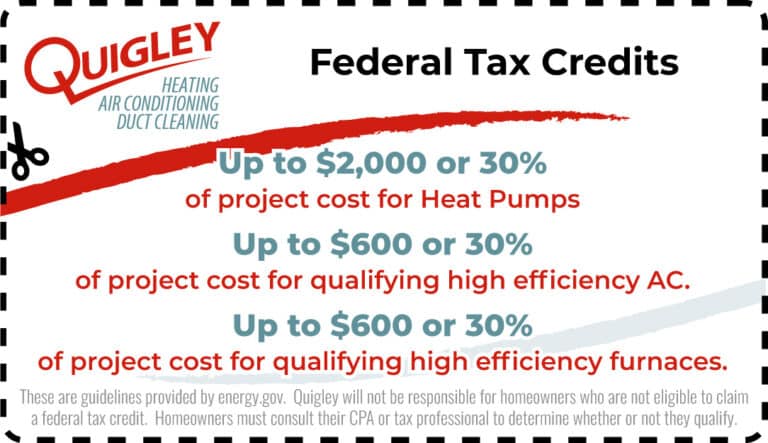
With trees and other large plants close by, leaves, branches, and debris can to fall into the unit, blocking airflow and decreasing efficiency. This can lead to higher energy bills and maintenance expenses. Covering the unit with an umbrella or shade tent might restrict proper airflow, which reduces efficiency and can increase the chance of overheating. For the HVAC system to operate at its best, there has to be enough airflow.
To be fair, a study by the Department of Energy confirmed that outdoor air conditioners that are covered by trees or other structures operate 10% more efficiently, which could result in significant cooling cost savings over a period of years. However, opposing experts argue that shading’s benefits are marginal. Florida Solar Energy Center’s research notes a mere 3% efficiency boost from shading AC units over two years. The Kuwait Center for Scientific Research concurs, highlighting the potential for debris introduction by shading, compromising airflow and diminishing cooling efficiency indoors.
So what is the conclusion? If you are lucky enough to have trees shading your HVAC unit, take advantage of it but remember, proactive maintenance like clearing away dirt and providing adequate ventilation, has a greater impact on extending lifespan and performance than providing shade.







